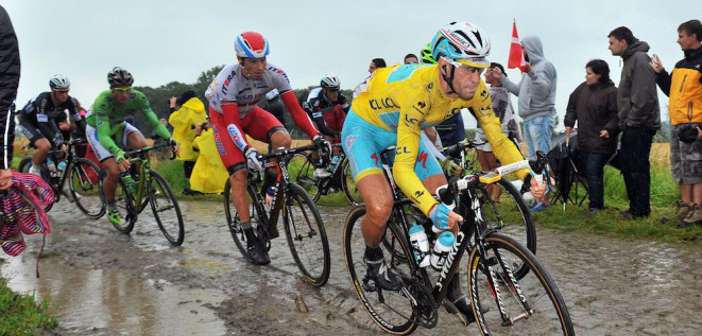From Albert Einstein to John Lennon and Sir Arthur Conan Doyle, the bicycle has captured the hearts and minds of the most celebrated people in history, the heads of nations, and billions of people across the globe. With Vincenzo Nibali about to claim his first title as winner of the Tour de France 2014, our culture editor explores this most sacred of machines and our long relationship with two wheels…
For many of us our love affair with bicycles started from an early age. I don’t know about you, but I don’t remember feeling as excited about any other Christmas present as I did when I received my first ‘proper’ bike. I remember all too well making my father go out on a bitterly cold Christmas morning to ride my shiny new pink Raleigh around the block before insisting he remove the stabilisers and then begging him to put them back on when I couldn’t keep my balance. He refused and I had no choice but to become a confident cyclist.
In fact it is that seemingly momentous achievement that often provides us with our first sweet taste of parental independence. As Michael Palin once said, “One of the most important days of my life was when I learned to ride a bicycle.” Most of us can’t remember uttering our first word or taking our first step, but riding a bicycle unaided for the first time is a memory that has undoubtedly and perhaps subconsciously influenced many a keen cyclist’s fondness for bikes – vintage or new, mountain or road, BMX, hybrid or tandem. “As a kid I had a dream – I wanted to own my own bicycle. When I got the bike I must have been the happiest boy in Liverpool, maybe the world. I lived for that bike. Most kids left their bike in the backyard at night. Not me. I insisted on taking mine indoors and the first night I even kept it in my bed.” So said a certain John Lennon.
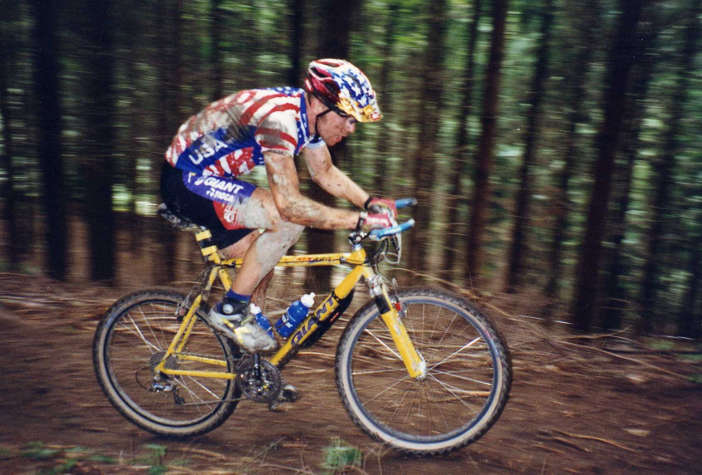
Whether you enjoy cycling as a pleasant pastime, an indispensable fitness tool, a commuting machine or to win races and lift trophies, there is something infectious about the feeling of the breeze in your hair, even in the London smog. Although riding a bicycle is undoubtedly a convenient and healthy mode of transport, it’s extraordinary that in this day and age of high speed trains, sports cars and jet planes, the humble bicycle has never been more popular. With double the number of bikes to cars, the global cycling market is now worth an estimated $51 billion with around 132.3 million bicycles sold in 2012 alone. Advances in technology mean cars can now drive and park themselves, but the bicycle continues to be at one with its rider.
A machine of precision and balance for the convenience of man, the more he uses it, the fitter his body became. Cycling clubs and enthusiasts sprang up quickly following the invention of the velocipede or “boneshaker” bicycle in France in the 1860s, with fans of the new contraption wanting to explore, to race, or just get from A to B. But bicycles may have been around much longer than we think, with many historians believing tomb paintings from ancient Egypt prove there was an even earlier prototype.
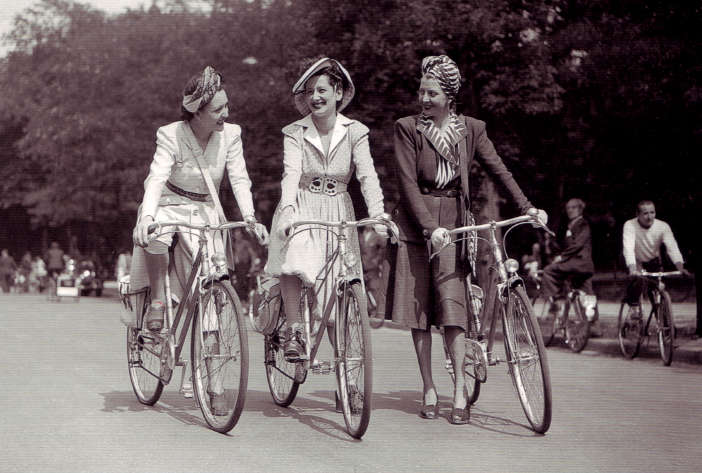
The launch of the safety bicycle in 1876 – the diamond shaped frame that all modern bicycles are based on – is also thought to have sparked an early development in female emancipation. In an era of respectable women having to ride a horse side-saddle, a whole new set of rules had to be invented to protect the morals of ladies wishing to use this newfangled way of popping to the shops or calling on other ladies. Not riding side-saddle was considered outrageously ‘fast’ and riding a bike without a chaperone was unimaginable. It was even suggested by leading physicians that women might irrevocably damage their reproductive systems.
“Every time I see an adult on a bicycle, I no longer despair for the future of the human race,” H.G Wells once remarked, and many think it’s almost impossible to feel depressed or sad whilst riding a bicycle. “When the spirits are low, when the day appears dark, when work becomes monotonous, when hope hardly seems worth having, just mount a bicycle and go out for a spin down the road, without thought on anything but the ride you are taking,” claimed Sir Arthur Conan Doyle. Albert Einstein, who also greatly enjoyed cycling, commented: “Life is like riding a bicycle. To keep your balance you must keep moving,” and in a letter to his son whilst developing his Theory of Relativity, he described thinking of possible solutions whilst cycling.
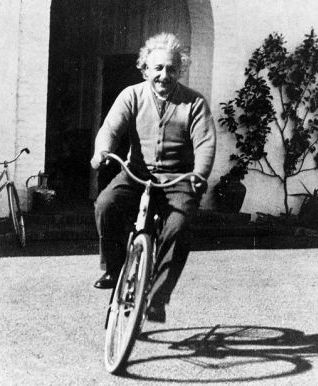 A simple pleasure, it is also an invaluable way of exploring the true landscape of a country, as Ernest Hemingway observed: “It is by riding a bicycle that you learn the contour of a country best, since you have to sweat up the hills and coast down them. Thus you remember them as they actually are…” But the Tour de France was established in 1903 not for participants to appreciate their country’s landscape but to increase sales of the magazine L’Auto, and it remains the most prestigious grand tour cycling race in the world, shortly followed by the annual Giro d’Italia in 1909, also founded by the editor of La Gazzetta dello Sport to help increase sales.
A simple pleasure, it is also an invaluable way of exploring the true landscape of a country, as Ernest Hemingway observed: “It is by riding a bicycle that you learn the contour of a country best, since you have to sweat up the hills and coast down them. Thus you remember them as they actually are…” But the Tour de France was established in 1903 not for participants to appreciate their country’s landscape but to increase sales of the magazine L’Auto, and it remains the most prestigious grand tour cycling race in the world, shortly followed by the annual Giro d’Italia in 1909, also founded by the editor of La Gazzetta dello Sport to help increase sales.
Both prestigious races have taken place annually with the exception of the First and Second World War years, with other world-famous events now including the annual World Naked Bike Ride (WNBR) founded as a protest against car-culture, and the eccentric Tweed Run, which I participated in for the first time earlier this year. Described as a “metropolitan bicycle ride with a bit of style”, as ever, my bicycle of choice was a Raleigh; a Cameo this time and in a more grown-up burgundy rather than my childhood favourite pink. Encouraging Londoner’s to take up cycling, the first 2009 Tweed Run was designed as a jolly day with an important message at its core, and one that was particularly well timed due to the bicycling phenomenon that came about following the Barclay’s Cycle Hire scheme, best known as ‘the Boris bike’, launched the following year and based on the successful Vélib network in Paris.
Having started out with 5,000 bikes and 315 docking stations, the figure has now doubled and it is estimated that over 19 million journeys have now been taken using the scheme. Most recently, to celebrate the 101st Tour de France passing through the capital, 101 bicycles were coloured bright yellow in tribute of the iconic ‘yellow jersey’ bestowed upon the race leader – a custom which began in 1919, the first Tour de France following the end of the First World War.
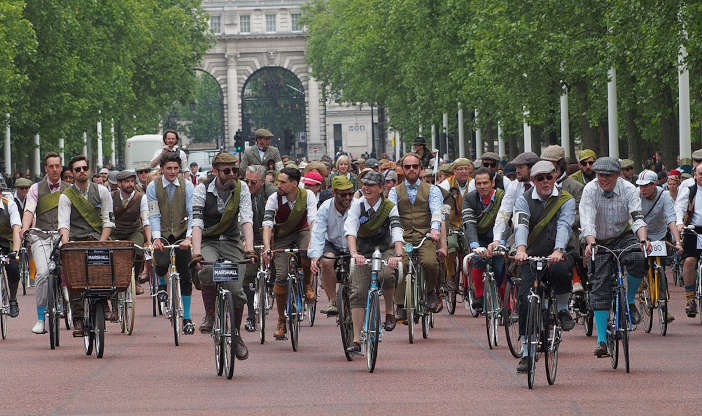
Few predicted the level of interest from UK residents when the Tour de France commenced in Yorkshire this year, with 2.5 million spectators (half the population of Yorkshire) lining the route for the first two stages in order to cheer on the riders and proving that our collective love of cycling is only increasing in strength. Bradley Wiggins was knighted on becoming the first Brit to win the Tour de France in 2012, and despite being one of the lowest paid professional sports, having exhibited almost super-human stamina over 3 weeks and 2,200 miles, the respect the winner receives around the world reaps its own rewards. This year Tour de France leader Vincenzo Nibali was sent a text message by Italian Prime Minister Matteo Renzi inviting him to celebrate his victory at the PM’s official residence upon his return to Italy after the final stage on Sunday.
Whether you plan to explore quiet country lanes, wide open roads, mountains or forests, the bicycle is there as your loyal companion. Built from steel, aluminium, titanium or carbon, this wonderful machine really does offer something for everyone. Vive le vélo…

